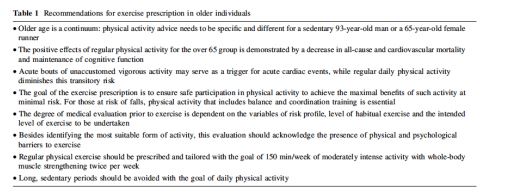This year’s theme is Active Ageing which fits nicely with our clientele demographic. This year we hope to guide and educate the population on the benefits of exercise as we age. There is a plethora of research to support the stance that regular physical activity helps to maintain independence, quality of life, reduces the risk of chronic diseases, and improves mental health! At MET Phys, we strongly believe in these benefits and encourage our clients to believe in them as well.
To celebrate Exercise Right Week the team at MET Phys are running a number of events throughout the week:
1. Free health checks running in the Clinic! Please contact us on 0745 993 165 as there are limited slots available for this.
2. Cabarlah Markets where you can talk to us about how you can Exercise Right.
3. An afternoon of physical activity at the Highfields Sports and Recreation Park.
As we age and reach retirement age adults have a tendency to decrease their physical activity levels. Often when I ask my clients if they’re physically active or complete exercise they tell me that they exercise A LOT and that they’re very busy. Running the grandchildren around, vacuuming, mowing etc.. But are they really exercising? According to the definition physical activity is defined as increasing energy expenditure through any type of bodily movement i.e. gardening, dusting, mowing etc. Exercise is defined as setting a goal and time to complete activity of a higher intensity. In the aging population sometimes physical activity and exercise can be interchangeable especially as we move into the older age groups.
When we age we experience a progressive decline physiological systems which can affect our ability to be independent and decrease our physical capacity resulting in a decrease in quality of life. However through the use of exercise it can be beneficial to assist in the reduction of cardiovascular disease, anxiety, depression, osteoporosis, falls, hypertension, diabetes and pre-diabetes. Exercise especially in the over 65’s has shown improvements in brain and cognitive ability. There are many benefits to exercise through cardiovascular exercise or strength training which have proven benefits in improving age-relate decreases in insulin sensitivity and decrease in BMD.
When prescribing exercise to older individuals it should be tailored, individualised and goal orientated. There are many different types of exercise and forms of exercise prescription, in the table below are just some of the recommendations from the article by Barr, M., et al (2013). When referring a patient on for exercise trust the professions in exercise prescription, use an Accredited Exercise Physiologist.

Table 1: Exercise for Aging Individuals by Barr, M., et al. (2013).
Exercise Physiology covers a very broad scope and studies have shown that it can improve brain function, lung function, heart function, bone and joint function (nearly) everything. But only with the right prescription, it’s not a one size fits all approach. That’s why as trained professionals we take great pride in being able to provide our patients with the best Evidence Based Exercise Prescription for them. We use Physitrack for adherence and exercise tracking purposes, as well as weekly phone calls to check up on their progress with their current program and this is because research has shown it improves patients recovery.
References
Batt, M., Tanji, J., & Borjesson, M. (2013). Exercise at 65 and Beyond. Sports Medicine. 43. 525-530. doi: 10.1007/s40279-013-0033-1




